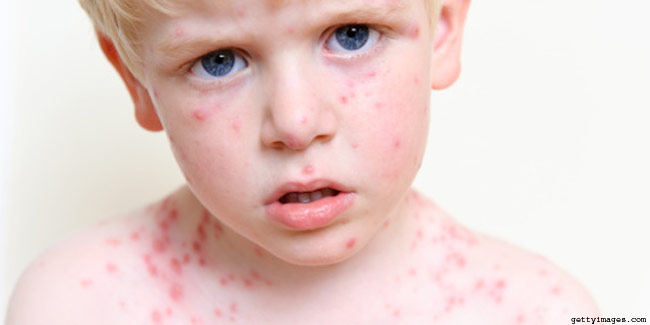
Rocky Mountain spotted fever is a disease that is normally treated with one of the tetracycline drugs, usually Doxycycline (sold as a generic [over the counter] drug), administered to adults and children over the age of nine.
Table of Content:-
 In general, tetracycline should not be prescribed to pregnant women, lactating mothers and children under the age of nine, because these antibiotics can permanently stain the teeth. However, Doxycycline is still the best available antibiotic to treat this potentially life threatening infection and is preferred if Rocky Mountain spotted fever is the likely diagnosis, irrespective of the teeth staining. Chloramphenicol (Chloromycetin) is another antibiotic that attacks the bacteria causing Rocky Mountain Spotted Fever. However, Chloramphenicol is now considered as a second line agent.
In general, tetracycline should not be prescribed to pregnant women, lactating mothers and children under the age of nine, because these antibiotics can permanently stain the teeth. However, Doxycycline is still the best available antibiotic to treat this potentially life threatening infection and is preferred if Rocky Mountain spotted fever is the likely diagnosis, irrespective of the teeth staining. Chloramphenicol (Chloromycetin) is another antibiotic that attacks the bacteria causing Rocky Mountain Spotted Fever. However, Chloramphenicol is now considered as a second line agent.
Those suffering from Rocky Mountain Spotted Fever are usually cured after a treatment of antibiotics for between five to seven days. In some cases patients may need to be hospitalized if there is even the slightest indication of severe lung damage, kidney failure, significant bleeding or severe brain involvement. In cases where the patient suffers from a respiratory failure, mechanical ventilation (treatment with a machine that breathes for the patient) may be introduced as part of the treatment. Those patients with kidney failure may need to undergo a dialysis procedure. For patients suffering with severe bleeding, blood transfusions are a necessity.
Prognosis
Before the availability of effective antibiotics, 20% to 25% of people with Rocky Mountain spotted fever had a very low chance of survival. However, in recent times, after the discovery of Doxycycline, a drastically reduced approximate 5% of patients affected, die from this illness. An overall statistic shows that elderly patients have a slightly higher risk of death in comparison to the younger ones and males are at a higher risk of contracting Rocky Mountain spotted fever than females.
Prevention
In the absence of a valid and suitable vaccine against Rocky Mountain spotted fever, the most effective way to avoid contraction of the illness is to stay away from locations where the bug is most likely to be found. For instance moving in heavily wooded regions or fields where ticks are found should be avoided like the plague. However, there might be instances where an individual might need to frequent such locales, in which case, the following precautions must be strictly adhered to:
• Light-colour clothing – Wearing light coloured allows for ease of spotting a clinging tick.
• Close fitting and long clothes - Wearing long-sleeved shirts and trousers that are close fitting around the wrists and ankles helps to prevent the tick from sticking directly to the skin.
• Regular examination - When outdoors in a pest infected area, it is advisable to examine oneself for ticks, every two hours for ticks.
• Repellent – Use of an approved tick repellent is a necessity to keep the ticks from sticking to a minimum.
• If a tick is spotted on your person, remove it immediately with tweezers (if possible flush it in the toilet) and then wash your hands thoroughly.
Prevention is better than cure, and knowing how to keep the risks of being affected to a minimum is a big step in dealing with the Rocky Mountain spotted fever.
Read more articles on Rocky Mountain Spotted Fever.
How we keep this article up to date:
We work with experts and keep a close eye on the latest in health and wellness. Whenever there is a new research or helpful information, we update our articles with accurate and useful advice.
Current Version